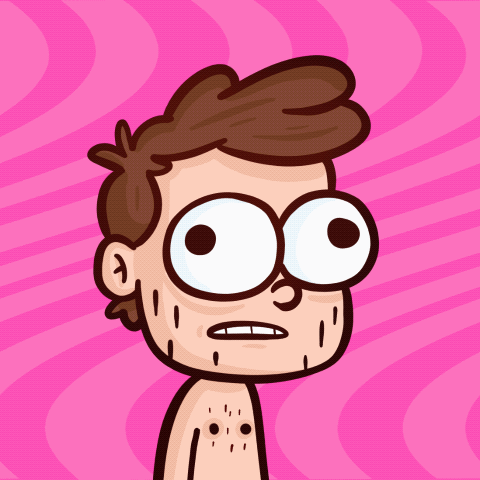It just so happened that I now live in a city where I don’t really know anyone. That could be a problem, but only if I let it become one. Instead, I want to embrace it as a project.
If I were someone who defined a Cortex style yearly theme, my theme for 2024 would be “The Year of Friendship”. Numerous studies, scientists, and - I guess - life coaches agree: Your relationships shape your life. Having a robust social life is key to happiness. The book The Good Life discusses this at length. It’s about the Grant Study that has been running for literally generations and conclusively shows that people consider their life to have been a good one when they had strong relationships.
My condolences to myself, as I don’t have a choice and somehow have to make new friends.
This shouldn’t be hard. Statistically, nearly half of the German people my age feel lonely. I just have to find those who are eager to change something about their situation.
Unfortunately, I’m not somebody who signs up for soccer practice or some kind of choir. I actually can’t come up with any group activity I’d like to do, except for joining a book club, but there doesn’t seem to be one in Schwerin. I’d start one, but… yes, I don’t know people yet. Apps like Bumble BFF are a no-go as well, I’m afraid. Nobody seems to use them here. Working remotely also removes the possibility of befriending colleagues.
Which leaves me with a couple of not very good ideas for now:
- Joining a gym. I’d do this anyway, and it’s not the most social thing ever, but it’s something where I might meet people? Maybe?
- Getting into running. That’s on my bucket list for this year as well, and - again - not a very social activity, but as soon as I become something of a runner, I can join some kind of running group…? That’s something people do, right?
- Bouldering? I guess? I did this once and it ended up with me having to ram thrombosis injections into my then-girlfriend’s leg every day for six weeks. The half hour of trying to get up a fake-mountain was kind of fun, though. But do people make friends while hanging off an indoor cliff?
- Start working in coworking spaces and cafes. This one has potential. The only problem is that I actually like to work when I’m working, and I tend to be focused and not very talkative when trying to get stuff done. I would need to not do that and instead try to talk to people. “Hello, fellow human, what are your thoughts about caffeinated beverages?” This will be great.
Why is this list so sports-heavy? Something like competitive knitting or hackathons would be much more in my wheelhouse. Unfortunately both aren’t available.
I’m optimistic that something will work, even though I haven’t found the perfect solution yet. This post isn’t supposed to sound self-pitying. It’s just the text I can link to when I tell you about all the friends I made in my review of 2024. There will be check-ins along the way. Looking at this like a project makes it easier for me to actually try new things and see what works.
If you have other ideas, or by some kind of freak accident, know somebody who lives in Schwerin and needs somebody to hang out with, let me know.
